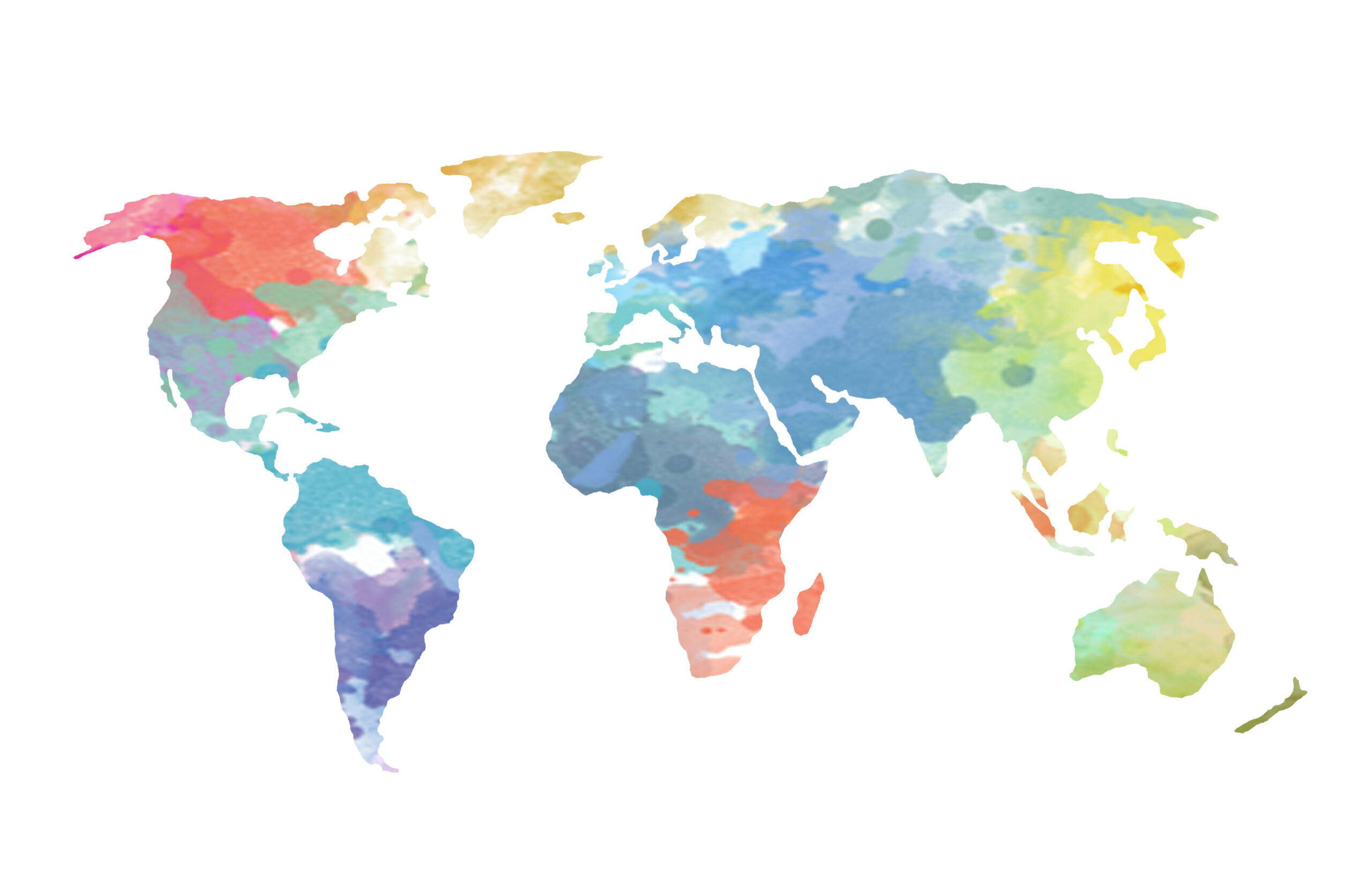Over the past few years, the corporate learning and development community seems to have embraced a new tenet: Make it easy. Intensive offsite training courses are being replaced by online microlearning and smart curation and assessment tools. Employees no longer need to devote weeks at a time to professional development — they can learn from their desks, on a schedule that flexes around the demands of their job.
This bite-size approach works well for building specific, discrete skills. But if you ask CEOs about their top human capital concern, many point to something much harder to define and develop — soft skills like leadership, creativity and adaptability. Leadership in particular looms large; according to McKinsey & Co., 30 percent of U.S. companies say they’ve lost international business opportunities because they lack global leadership capacity, despite spending a collective $14 billion annually on leadership development.
Microlearning isn’t the solution to this problem. Leadership isn’t a bite-sized skill, and we can’t develop it with bite-sized content. We can’t “make it easy” because leaders only grow by doing things that are hard.
The best way to develop leaders capable of guiding their companies in a complex, dynamic and global world is to put them in complex, dynamic and global situations. That means experiential, immersive learning, often in unfamiliar or uncomfortable settings. George Hallenbeck of the Center for Creative Leadership sums this up in a conversation with the Taproot Foundation: “The extent to which there is actually a degree of real challenge and even a possibility for failure [in a development program] is beneficial. I know that might seem scary, but it is a part of how we learn. People really need to get out of their comfort zone to develop in a deep and meaningful way.”
This is why, even in the midst of a microlearning revolution, some companies are adopting a very different strategy for developing leadership competencies — partnering with nonprofit organizations to staff skilled volunteer projects around the world.
The results of these programs, often referred to as international corporate volunteering programs (ICVs), are impressive. Companies that have implemented ICVs report a wide range of benefits, including substantially higher employee engagement and productivity. A George Washington University study found that ICVs “are a better investment than businesses school leadership programs, both in terms of cost and diversity of learning” — that is to say, while immersive international volunteer programs may be more resource-intensive than microlearning, they still cost less than traditional executive education and arguably deliver a higher ROI.
More than anything, though, the testimony of employees who have volunteered abroad speaks to the unique value of these programs. Microlearning can claim similar benefits related to retention and productivity, but an employee who’s experienced both will almost always say that immersive volunteering is transformative in a way that simply can’t be matched by a bite-size program.
In an article published by The Stanford Center for Social Innovation, employees from companies like PepsiCo, IBM and Medtronic mention benefits ranging from improved cross-cultural communication skills to experience reframing unfamiliar challenges. The authors conclude, “Participants [in ICV programs] learn how to adapt and solve difficult problems in a new environment, and bring this adaptive global leadership mindset back to their home office.” One employee simply stated that the experience “changes you.”
I’ve seen these impacts firsthand through Team4Tech, the service learning nonprofit I co-founded with a colleague from Intel. One young volunteer talked about the benefit of “being able to deal with situations that I did not prepare for — being able to think on my feet and adjust as necessary when a question came up or something was broken.” Volunteering, she said, helped her develop “a kind of scrappiness, a creativity, a growth mindset, a work ethic” that she could apply back in the office.
International service learning programs can also help companies identify employees with leadership potential. One review of PepsiCo’s ICV program concluded that the program provided “the opportunity for a variety of people to take a leadership role.” Employees who stepped up included those who possessed “a specific skill set [or] ability to navigate a complex cultural dynamic” that may not have naturally emerged in an office environment.
Leadership is hard, especially in a fast-paced, interconnected world. Even as L&D embraces microlearning for efficiently teaching discrete skills, it also needs to embrace macrolearning — big, immersive, real-world experiences — for developing soft skills and leadership. Tomorrow’s companies will need both to succeed.
Julie Clugage is the co-founder and executive director of Team4Tech, a nonprofit that works to advance the quality of education for underserved students. She can be reached at editor@CLOmedia.com.














